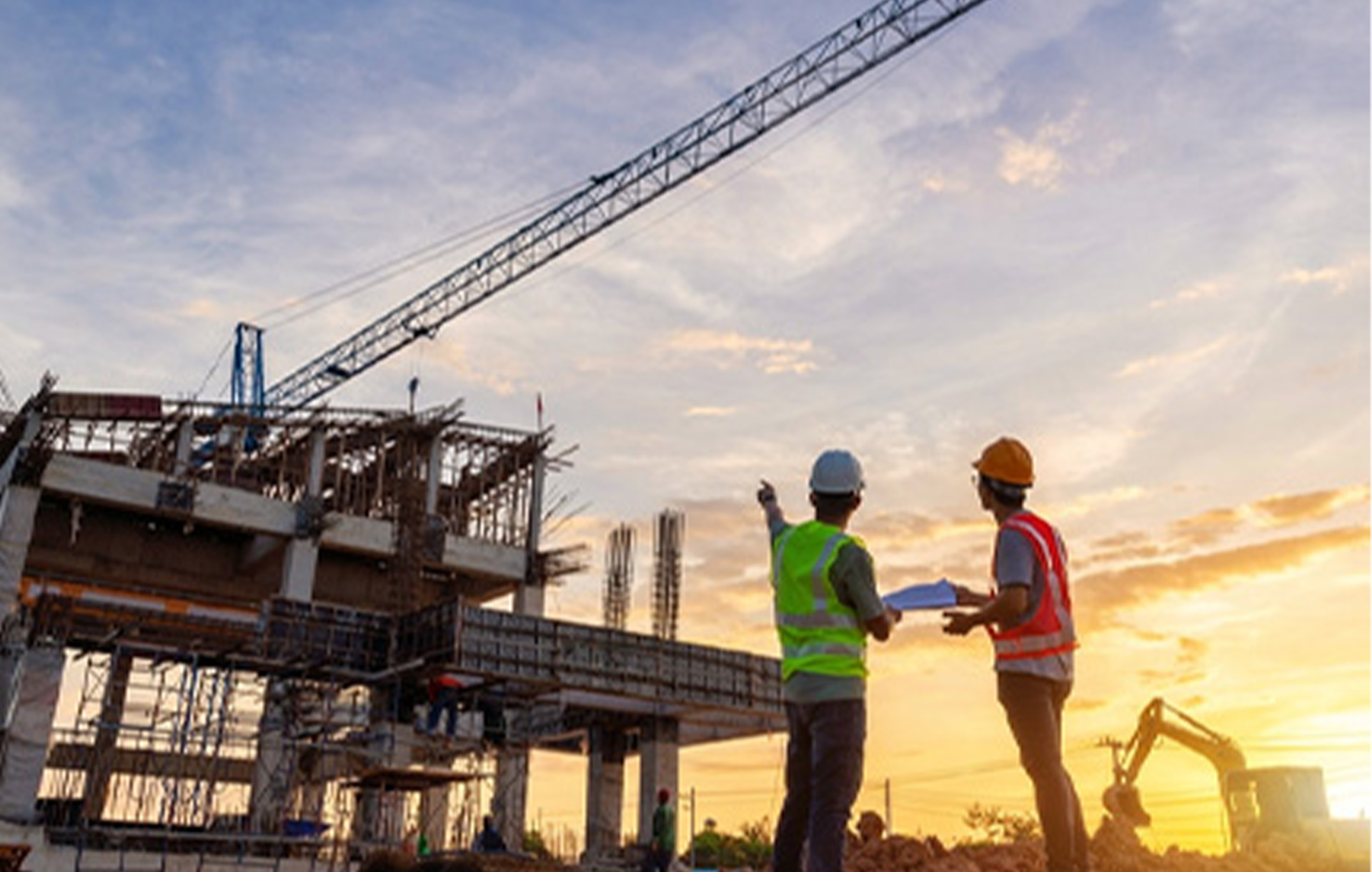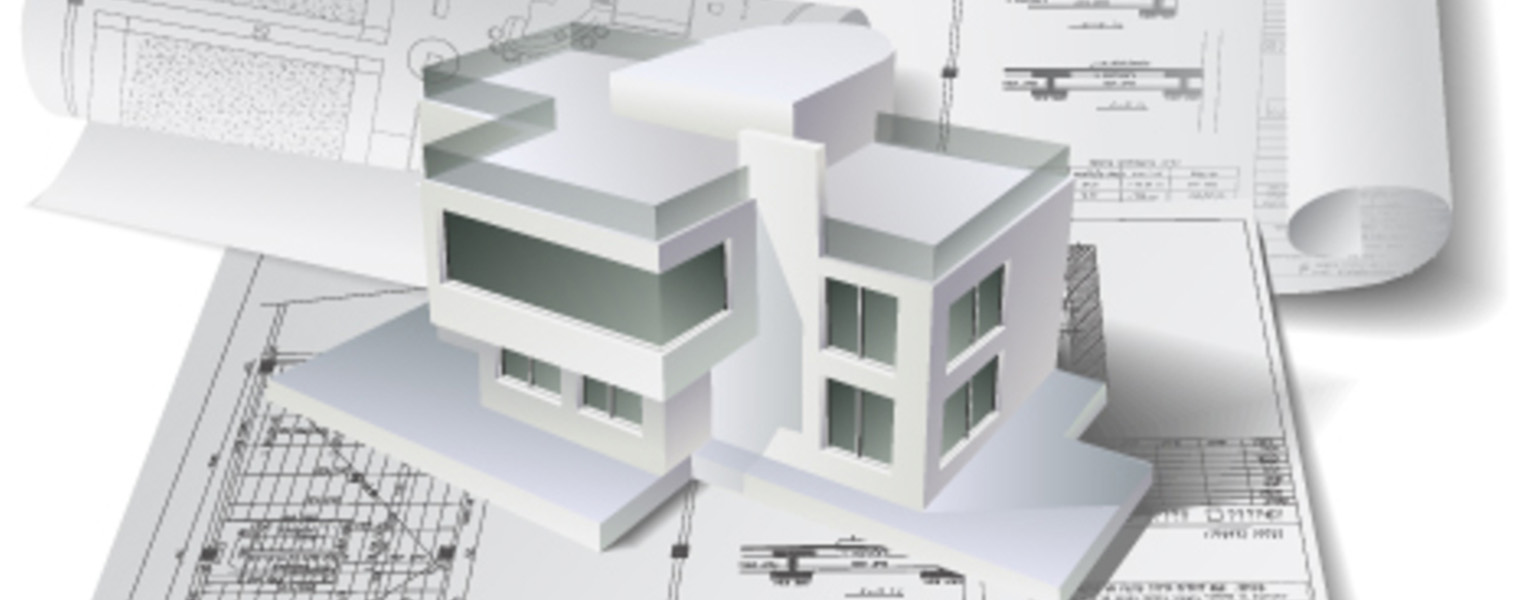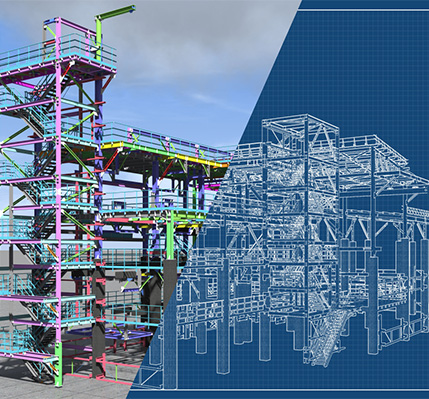Autonomous construction equipment refers to machinery and vehicles that can perform tasks without direct human control. These machines are equipped with advanced sensors, GPS technology, artificial intelligence, and machine learning algorithms that enable them to navigate job sites, make decisions, and execute tasks autonomously. From excavators and bulldozers to cranes and drones, various types of equipment are being developed or retrofitted with autonomous capabilities.
Visualization plays a crucial role in bringing concepts to life. Traditionally, architects have relied on drawings, sketches, and 3D models to communicate their designs. However, with the advent of Virtual Reality (VR), the industry is witnessing a transformative shift. VR offers an immersive and interactive experience that takes architectural visualization to new heights, enabling architects, clients, and stakeholders to explore and interact with designs like never before.
As the construction industry continues to evolve, embracing innovative technologies is key to driving progress and meeting the demands of a rapidly changing world. Among these transformative technologies, 3D printing stands out as a game-changer with the potential to revolutionize traditional construction practices. From speed and efficiency to regulatory hurdles and material constraints, join us as we unravel the promise and complexities of 3D printing in shaping the built environment of tomorrow.
Construction sites are dynamic environments where safety is paramount.With the advent of technology, construction industry professionals have access to innovative tools and solutions that significantly enhance safety measures.
From advanced monitoring systems to wearable devices, technology plays a crucial role in ensuring a safe working environment for everyone involved in construction projects.
Historic structures stand as timeless witnesses to our collective past, embodying the stories, culture, and architectural achievements of bygone eras. However, the challenge of preserving and revitalizing these structures in the face of time, neglect, and changing needs is ever-present.
In this blog post, we’ll explore various approaches to the reconstruction and preservation of historic buildings, highlighting the importance of maintaining our architectural heritage while adapting to modern demands.
Technology continues to revolutionise traditional practices. One such innovation is the integration of drones for site surveying and mapping. These unmanned aerial vehicles (UAVs) offer a plethora of benefits, but like any tool, they come with their own set of challenges.
Laser scanning and Building Information Modeling (BIM) have emerged as powerful tools for enhancing project efficiency. In this blog, we’ll explore how these technologies work together to revolutionize the construction industry.
Sustainable design goes beyond aesthetics; it’s about creating buildings and infrastructure that promote environmental responsibility, resource efficiency, and occupant well-being.
In today’s competitive engineering landscape, maximising efficiency is crucial for project success. CAD outsourcing has emerged as a powerful strategy for engineering firms to streamline their processes, reduce costs, and enhance productivity.
Artificial Intelligence (AI) is rapidly transforming the fields of Computer-Aided Design (CAD) and Building Information Modeling (BIM), offering new opportunities to streamline workflows, improve efficiency, and enhance design outcomes.
- 1
- 2









